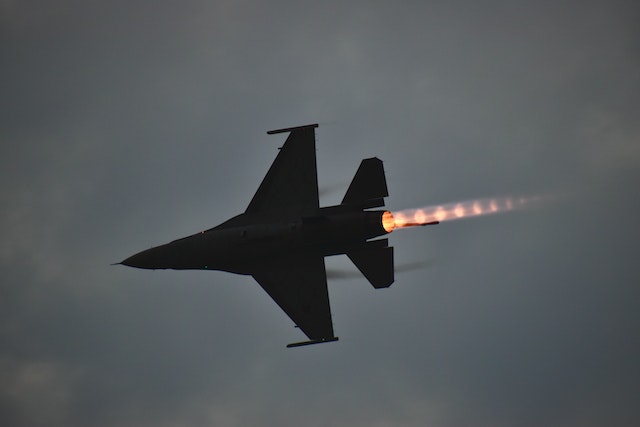Pursuing swifter and more effective transportation methods has consistently served as a motivating factor within the realm of aerospace engineering. Over recent years, the advancement of SCRAM (Supersonic Combustion Ramjet) technology has become a hopeful means to attain hypersonic flight. This domain was once the stuff of science fiction.
SCRAM Jets Enable Hypersonic Flight

Hypersonic flight, defined as speeds exceeding Mach 5 or about 3,800 miles per hour, has been a long-standing aspiration in aerospace.
Traditional jet engines, like turbojets and turbofans, fail to achieve such speeds. Enter SCRAM jets, a transformative technology that could turn hypersonic flight into a reality.
SCRAM jets leverage the vehicle’s forward motion to compress incoming air and combine it with fuel, resulting in supersonic combustion. This innovative approach enables efficient operation at hypersonic velocities, promising advancements in transportation, military uses, and space exploration.
SCRAM Jet Fuel Efficiency
SCRAM jet technology stands out for its remarkable fuel efficiency. Unlike traditional rocket systems that consume copious amounts of fuel to reach orbit, SCRAM jets utilize atmospheric oxygen for combustion, reducing the need for onboard oxidizers.
This enhances efficiency and lightens the vehicle, enabling extended flights and cost reductions in launching payloads into space. The implications of this fuel efficiency are far-reaching, potentially transforming commercial air travel and enhancing the accessibility of space exploration.
Testing and Prototyping
SCRAM jet tech development is challenging, marked by extensive testing. Overcoming obstacles like supersonic combustion control, efficient air inlet design, and extreme heat management are crucial. Ground-based & flight tests refine engine design, gathering valuable data. Tech evolution promises breakthroughs & practical applications.
Environmental Implications of SCRAM Jet Technology
SCRAM jet technology offers exciting possibilities but raises environmental concerns, such as the sonic booms affecting the atmosphere and ecosystems. Additionally, using SCRAM jets in hypersonic weapons has sparked security concerns. Balancing the technology’s potential for peaceful applications with addressing these environmental and security challenges is a crucial and complex task.
SCRAM jet technology is a game-changer in aerospace engineering, promising hypersonic flight with remarkable fuel efficiency. It can transform commercial air travel, space exploration, and military capabilities. Nevertheless, its development raises environmental and security concerns that demand careful attention.
